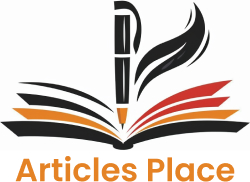When designing bearings and bushings, certain factors will affect any design decision making. It is important to understand the environment in which the bushing or bearing will operate. It is vital to take into consideration such aspects as lubrication. Yet, both these can fail if the designer does not select the right metal for the job. In many instances, this will not only be leaded bronze, but also high-leaded tin bronze alloys.
High-Leaded Tin Bronzes: Alloy Nos. C93200, C93400, C93500, C93700,
No discussion of high-leaded tin bronzes is complete without a discussion of Alloy C93200. This, the proverbial workhorse of this family, features versatility, improved longevity, machinability and wide applicability. Where medium and loads are under consideration, the natural and common metal for bushings, bearings, and sprockets is C93200. It meets specifications with a cost-effectiveness that endears itself to manufacturers and fabricators globally.
Other members of this leaded bronze family are C93700 and C93800.
- Alloy C93700: This alloy is easy to machine. It also possesses good strength as well as excellent resistance to corrosive elements, particularly that of various fluids including
Mine waters – mildly acidic
Mineral waters
Sulfite liquors of paper mills
This alloy also displays a good resistance to wear and tear at high speeds as well as under various conditions e.g. shock, high-load, and vibrations. C93700 becomes a favorite when production requires complex or large bearing shapes.
Alloy C93800: With its superior lubricity, this leaded bronze functions best where the applications feature moderate loads and high speeds. They are excellent where lubrication and conformity to irregularities is an issue.
Leaded Bronze
High leaded bronzes are a family containing some of the most commonly requested leaded bronze members. With excellent anti-friction and machining properties, they supply many qualities specified by companies for their products. Moreover, they do so cost-effectively.
